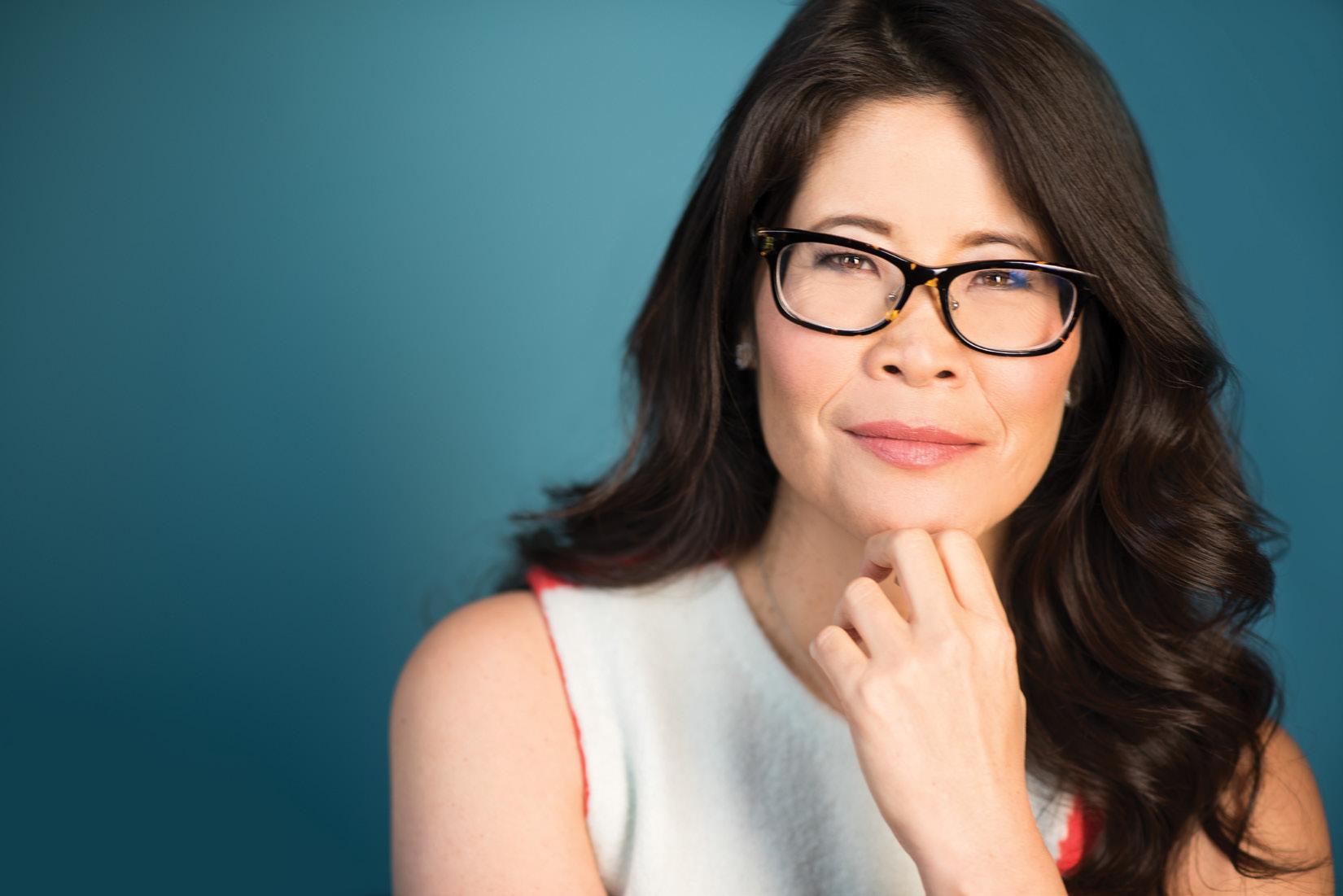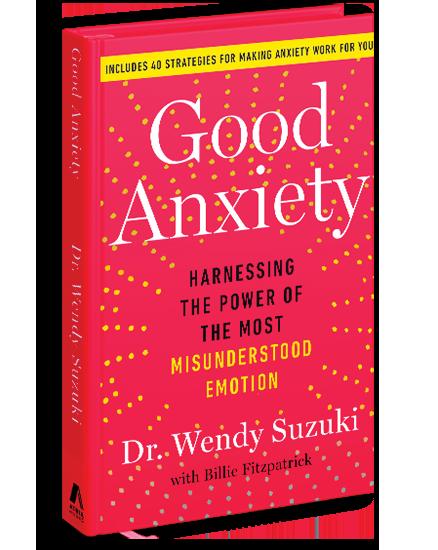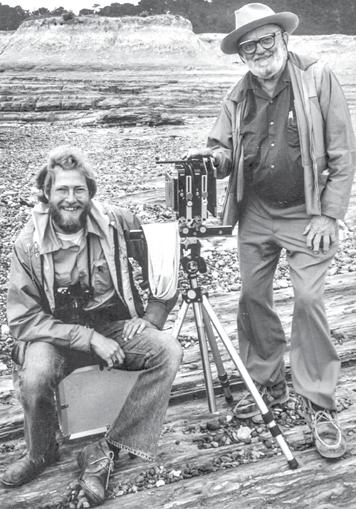
3 minute read
Sharing the Light– Alan Ross reflects on career alongside friend and mentor Ansel Adams
HARNESS YOUR ANXIOUS ENERGY TO FEEL, THINK, & PERFORM BETTER

LAGUNA BLANCA SCHOOL invites you to an
evening with world-renowned neuroscientist and author of Good Anxiety—Dr. Wendy Suzuki.
WEDNESDAY, MARCH 2 SANTA BARBARA MUSEUM OF NATURAL HISTORY
PRESENTATION AT 6PM
This is a free event for the Santa Barbara community. Space is limited, indoor masking required.
VISIT LAGUNABLANCA.ORG/NEWS FOR MORE DETAILS.
Alan Ross Live Event on Ansel Adams & Photography
by Joanne A. Calitri
Famed photographer and guru to students of the craft, Ansel Adams, is being celebrated at the Wildling Museum of Art & Nature in Solvang with an exhibit curated and hand printed by his former assistant and Master Photographer, Alan Ross, who, for the first time is showing his photographs side by side with Ansel’s at a museum. The exhibit is titled “Sharing the Light: Ansel Adams & Alan Ross” and is on display now through March 20. On view is: Adams’s classic works Moon and Half Dome, Yosemite National Park, California c.1960 printed 1975, and Sierra Junipers, Upper Merced Basin, Yosemite National Park, California, c.1923, printed c. 1927 – both gelatin silver prints.
And tune in Sunday, February 20 at 2 pm for Ross’s live Zoom talk, “Ansel Adams: The Man Behind the Camera,” sponsored by Montecito Bank & Trust.
In our interview this week, Ross shared, “There is the reality of the lens, film, and exposure, and the reality as the photographer feels it.” He grew up in Sausalito, taught himself photography at age 12 using his dad’s Rolleicord camera with Zeiss lens, and learned darkroom from an 8th grade friend’s father. In high school he joined the Sierra Club, got a Nikkormat camera with a 50mm f:2 lens, and was an avid Adams follower. Changing his college major three times, from mechanical engineering to forestry, he finally settled in the Design Department at UC Berkeley where he set up his own photography degree. Under his mentor, Design Department Chair William Garnett, he met San Francisco commercial advertising photographer mogul and friend of Adams, Milton Halberstadt, where he landed an assistant job for three years. After Halberstadt closed his studio, Ross wrote to Adams looking for work. He invited him part-time to assist with his Yosemite workshops. This led to full-time assisting at his studio in Carmel for five years from 1974 to 1979 and near-monthly printing sessions there until Adams’s death in 1984. Ross lives in Santa Fe, doing photography, teaching, and writing, and continues to be the exclusive printer of Adams’s Yosemite Special Edition negatives, his assignment from Adams since 1975. He makes each print by hand from Adams’s original negatives using traditional darkroom techniques. Ross’s collectors include the Polaroid Corporation, Yale Museum of Art, Rochester Institute of Technology, San Francisco Museum of Modern Art, and the Georgia O’Keeffe Museum. Q. Let’s start with your gear list…
A. I love my fold-up Arca-Swiss F-Field 4x5 film camera, my Mamiya 6x7 Rangefinder Film Camera, and I modified my Canon Mirrorless EOSM6 for infrared. For lenses I tend to see a bit wider on the Arca and Mamiya, and have an 18 – 150mm zoom on the Canon. I use available light – meaning, whatever light is available!
How did the exhibition at the Wildling come about for you?
Photographer George Rose met me at my Yosemite workshop in early 2020 and proposed I should exhibit at the Wildling Museum. The idea of sharing the exhibit with Ansel was a wonderful opportunity to me. Due to the theme of the museum, they only wanted landscape-nature images, which eliminated a lot of my own work and of Ansel’s. My three most popular images back in the day were a Yosemite landscape, a still life of an onion, and a nude. I also do a lot of architectural studies. Subject matter is fair game to me.
What is your message to the viewers?
Sharing the beautiful things I see in the world, from landscapes to architecture and details of things. A photograph is the way I express how I feel about something.
To me it’s about how expressive black and white images can be, they are abstract reality, meaning, I can make the sky lighter or darker than it really is, and the image takes on a new mood. I can alter color relationships without anything looking “wrong.”

Historic 1977 photo of Ansel Adams and Alan Ross at the Point Lobos Workshops (photo by Michael Reidlinger)

